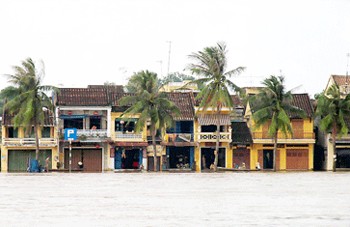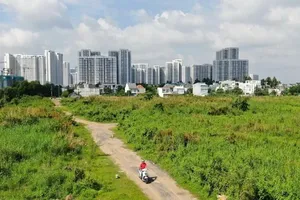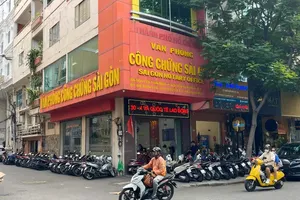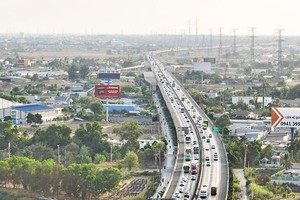Over the past two decades, Quang Nam Province leaders and experts have sought measures to preserve the ancient town of Hoi An while continuing to draw visitors. But so far, none of the proposed solutions have proved effective in saving the town from continual dilapidation.

Since Hoi An was recognized by UNESCO as a World Cultural Heritage in 1999, it has become a well-know tourist destination in Vietnam’s central region and receives tens of thousands of domestic and foreign visitors annually.
During peak times, the ancient city welcomes over 3,200 tourists a day, 80 percent of which are foreigners.
Hoi An is thus a great financial boost to Quang Nam Province, contributing to total turnover of VND28 billion (US$1.5 million) annually from tourism to the area.
But with a focus on attracting more profits rapidly, many locals have rushed to destroy ancient, culturally valuable homes to create more space to carry out business.
Rather than investing in restoring vulnerable architecture and heritage, many businesses have bought several old homes located close together and simply torn down their walls to create one large area from which to conduct business.
Experts say that with this approach, Hoi An is in danger of one day losing its unique cultural value all together.
Unsatisfied residents
Nineteen ancient, privately owned houses in need of restoration in Hoi An have so far been renovated, with town authorities subsidizing VND800 million ($42,000) for each one.
However, the total cost of refurbishing each house is estimated at around VND1 billion ($52,000), meaning residents must put up the remaining money themselves.
For those whose homes are located in busy tourist areas, the restoration costs are considered worth it as families can profit from home-run businesses.
Yet for 13 other households whose culturally significant homes need renovations but are not located in high-traffic areas, the restoration costs are simply not worthwhile.
Hence, even though local officials have offered to pay up to 75 percent of refurbishment costs, the residents have refused, saying that even with the subsidies they would be left at a financial loss.
Hoi An town thus continues to seek solutions to sustainable development while keeping its original charm and character intact.
Le Van Giang, chairman of the Hoi An Town People’s Committee, said the ancient town should keep striving to develop into an environmentally friendly destination rich in cultural heritage.
Professor Hoang Dao Kinh, deputy chairman of the Vietnam Association of Architects, agreed, saying Hoi An should be built into a tourist-friendly eco-city.
























